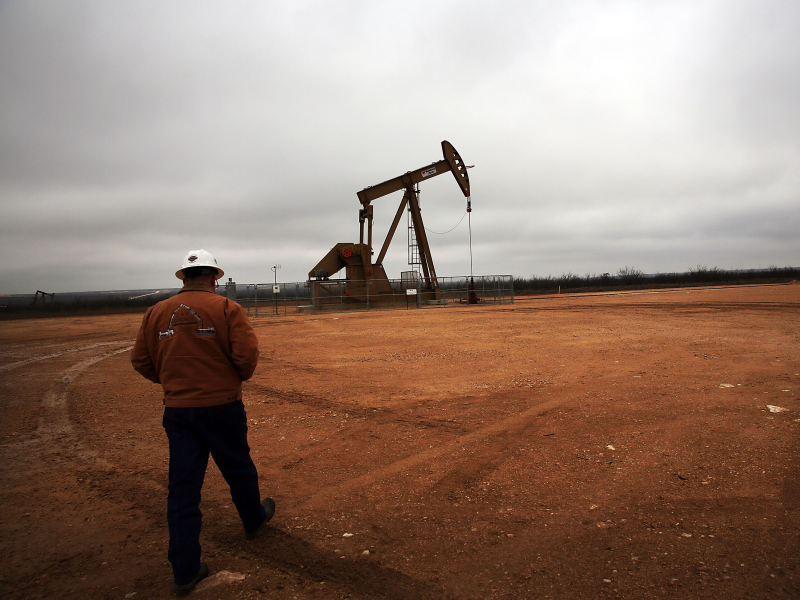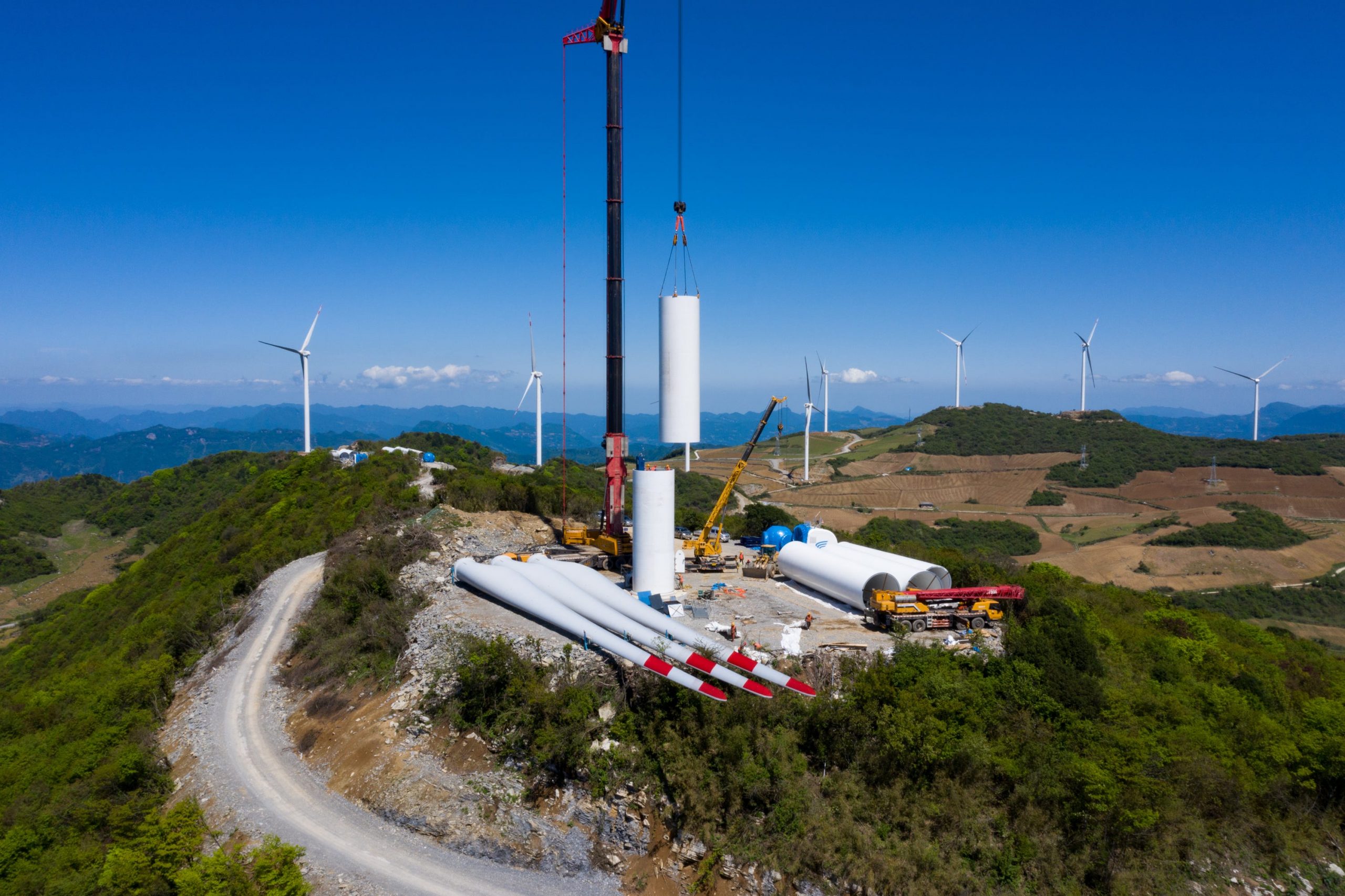Welcome to Power Line, a weekly energy newsletter brought to you by Business Insider.
Here’s what you need to know:
- Want to get this newsletter in your inbox every Friday? Sign up here.
- Most of our content is available to BI Prime subscribers. Click here for 20% off.
- Got a tip or feedback about this newsletter? You can reach us at [email protected].
The unofficial start of summer is just over a week away!
But unfortunately, summer is canceled. Not to mention, the window to take advantage of cheap gas for your road trip is closing fast.
In Wisconsin - where gas was as low as 87 cents just weeks ago - the bottom is now up to a whopping $1.44. Who can even afford that?
Rising gas prices are just one sign that oil markets are starting to recover, in step with global oil demand. That's great news for an industry that faced one of the worst springs in history.
Now we're starting to ask: What will the energy industry look like when the pandemic is in the rearview?
For starters, we asked a bunch of CEOs.

CEOs from across the energy industry told us how the pandemic is transforming their companies
We had the pleasure of interviewing eight top energy execs - from BP's Susan Dio to Duke Energy's Lynn Good - about how the coronavirus will change their companies and the industry at large.
Theme 1: The transition to low-carbon energy remains at center stage even as majors slash their budgets. 2020 forecasts aside, the pandemic won't do much to slow it down.
Theme 2: People are craving energy resilience, especially as wildfire and hurricane seasons draw near. That could give residential solar and infrastructure projects a boost.
Here are a few of the comments that stood out to me. You can read all of them here.
- "California had one of the driest months of February in its history, and because of COVID-19, we've seen reports of fewer prescribed burns, which increases the risk of wildfires this fall," Sunrun's CEO Lynn Jurich said.
- "We have a wire or a pipe connected to businesses in every county of the Lower Peninsula of Michigan," CMS Energy's CEO Patti Poppe said. "The question for us in the midterm is how will those businesses come back."
- "We are a little bit worried about the electrification of transportation right now because I think the transportation sector is suffering a lot," Energy Impact Partners' CEO Hans Kobler said. "Electric vehicle sales will be down 40%."
What will 2040 look like? Here are 3 scenarios
I don't know what I'm eating for lunch or where I'll be living in two months, let alone what the world will look like in 20 years.
But if anyone is up for the task of predicting the future of energy, it's analysts at the research firm Wood Mackenzie. This week, they sketched out three paths that a recovery could take, and what each means for energy.
"Full recovery": A coronavirus vaccine becomes available next year, and governments around the world pour money into spurring economic growth.
- Oil demand returns to pre-pandemic levels of around 100 million barrels per day (bpd) in the 2020s and then reaches a peak of more than 110 million bpd by the mid-2030s.
- Natural gas and cheap renewable energy sources would slowly replace coal, causing it to decline slightly by 2040.
"Go it alone": The virus is tough to defeat, trade and travel are restricted, and the world suffers from a long recession.
- Global demand for oil increases very little after an initial rebound.
- "By 2030 it is barely any higher than was expected for 2020 if the pandemic had not hit," they said.
"Greener growth": A short recession is followed by a strong rebound that includes government support for low-carbon energy.
- Oil demand wouldn't move much for the next decade or so and then decline steeply in the 2030s.
- Most remarkably, "the combined share of oil, gas, and coal in total primary energy drops to 68% in 2040, down from 84% in 2019," the analysts said.

The future for America's shale industry (is bleak)
Oil prices have rallied in recent weeks, but the US shale industry - once synonymous with American energy dominance - is not exactly celebrating.
As we reported earlier this week, its problems began well before the coronavirus pandemic took root.
History lesson: In the last five years, US shale companies have failed to deliver investor returns and accrued billions of dollars of debt.
- Investors made a lot of money when they invested on "the dip" around 2009, when oil prices were low.
- Those investors helped fuel the fracking revolution of the 2010s, which supercharged America's oil output.
- An unintended consequence was that fracking brought M&A - the main source of capital gains for investors - to a near standstill over the following years. (I explain why here.)
- So when investors once again backed US shale in the last downturn, beginning around 2014, they never saw returns.
Where we are now: Of the 500 or so US oil and gas companies backed by private equity, about 400 of them don't have bids, according to an investor who's been tracking the industry for years.
- That means they'll be forced to go into what he called "blowdown" - diverting cash from production to investors, causing oil output to decline over time.
- US production could fall by as much as 4 million barrels of oil per day by the end of next year, the investor said.
Where we are headed: "What you're seeing is the rapid shrinkage of the industry," he said. "A lot of companies are going to cease to exist."
3 big stories we didn't cover
- Renewables vs. coal. Renewable energy is on track to outpace coal this year for the first time ever, according to the US Energy Information Administration.
- Clean energy jobs. It's bad news. The clean-energy industry has lost almost 600,000 jobs, or 17% of the workforce, since March, according to a new report by BW Research.
- Big Oil's support for clean energy. It might be wavering in the near-term. "Oil giants' pace of clean energy deals has slowed greatly as oil prices have collapsed," Axios reports.
That's it!
Ps. Here's some hummus I made this week because a) pandemic, and b) I'm vegetarian and therefore I must love hummus. (I do.)


